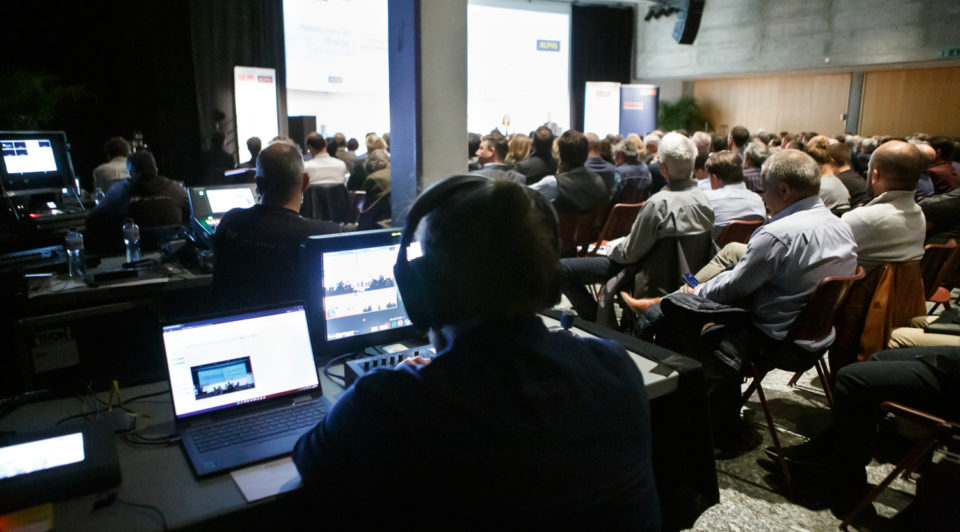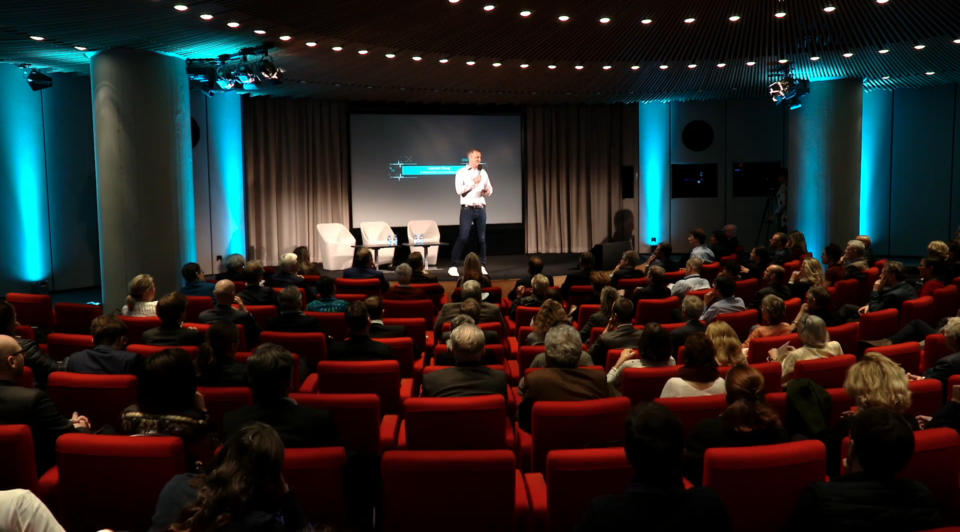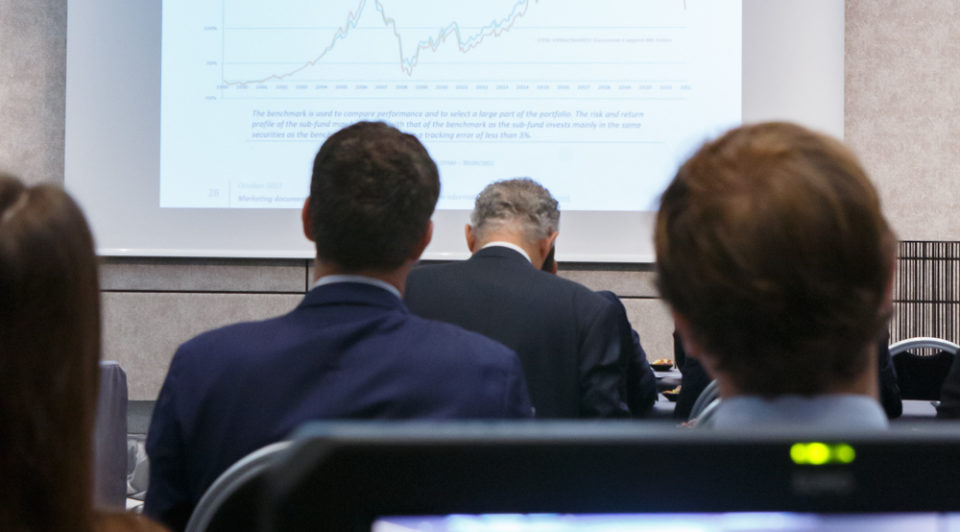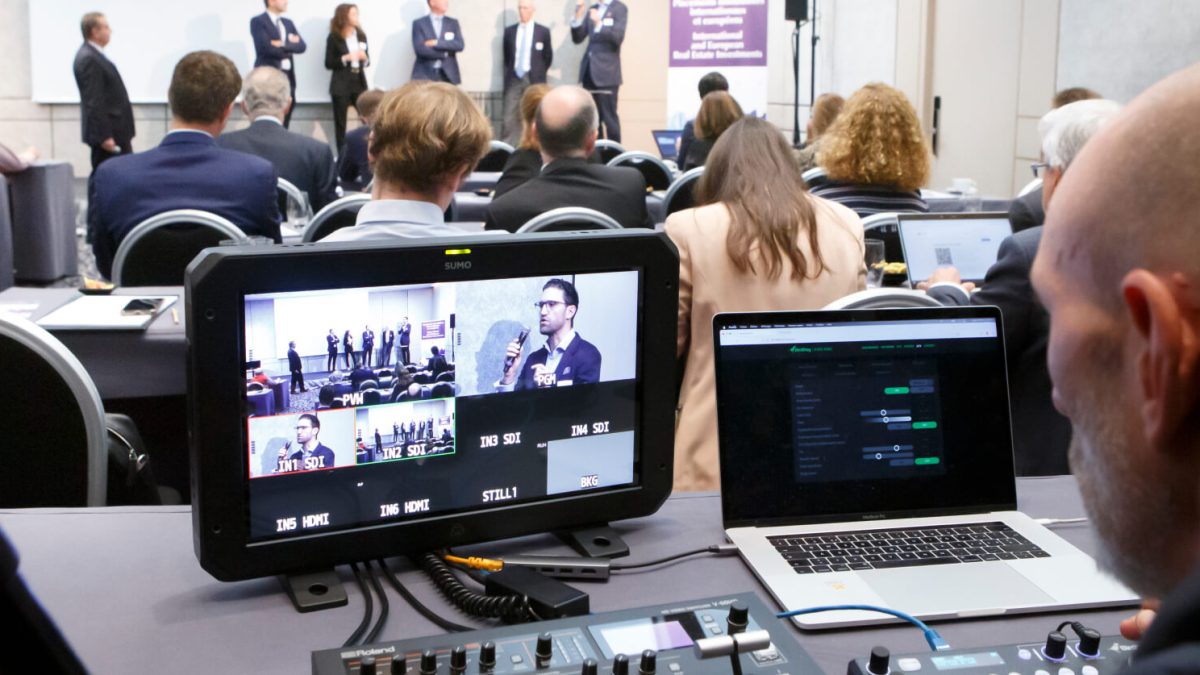
There are several definitions of the term webcast.
In the same way that Klewel is a contraction of 2 Breton words klevet (to hear) and gwelet (to see), the word “webcast” is also a contraction of 2 English words “web” that everyone knows, which means the “web”, the “network” and “cast” which means “to broadcast”. It is therefore a way to broadcast video content on the Internet to several users.
The term “live webcast” is used when the broadcasting takes place in live streaming mode and “on-demand webcast” when it is in replay mode.
In the context of conferences and events, what is the key content to broadcast: the speaker on stage and his visual support. This is why we tend to compose an image of this type:
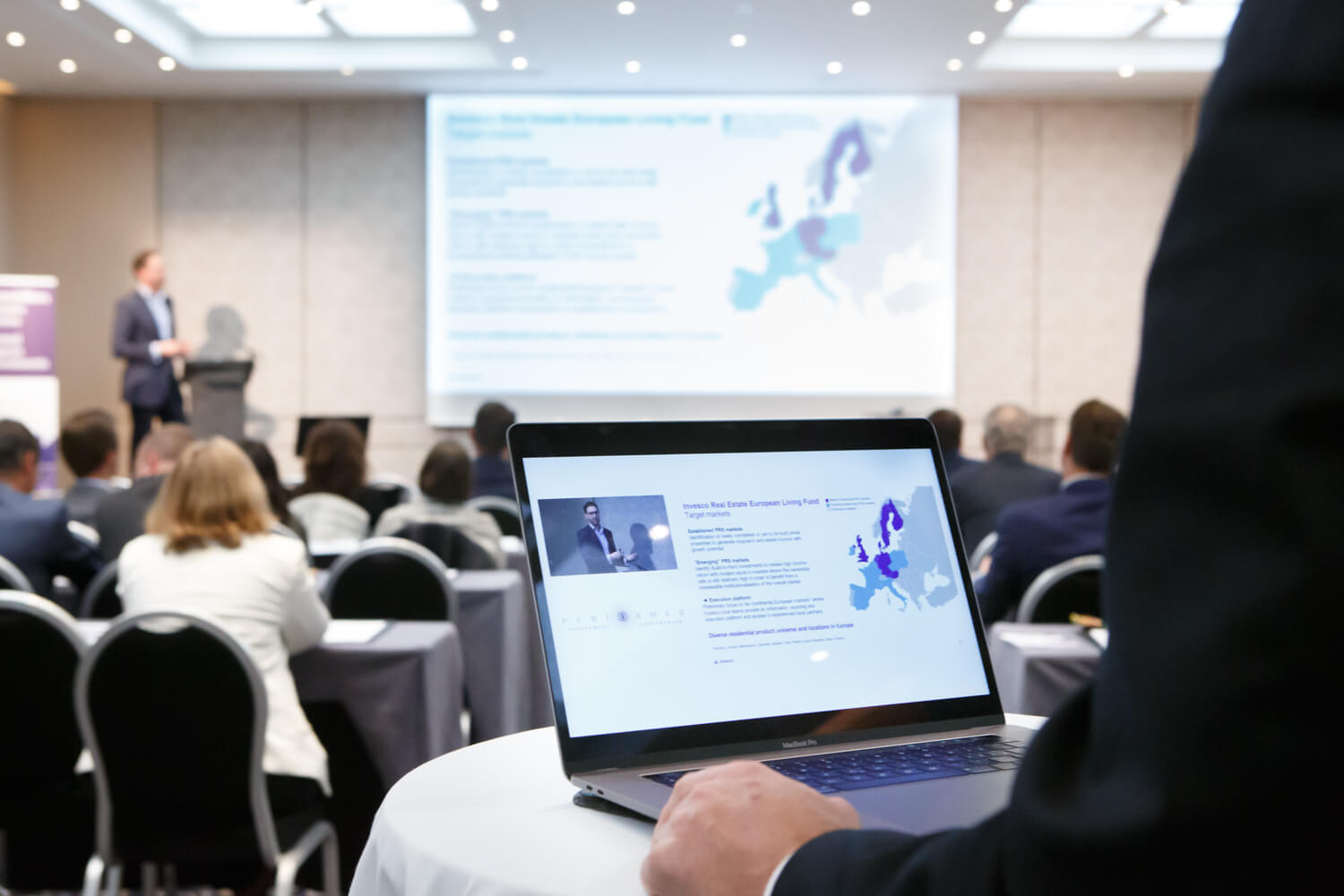
As technology evolves, the way we consume and share information is changing. One of the biggest trends in the conference and event world is the rise of on-demand webcasting. But why is this such a popular choice for conference organizers and attendees? In this blog post, we’ll explore the benefits of on-demand conference webcasting and why it’s a must for any event.
Extended reach
One of the main advantages of an on-demand webcast is the ability to reach a much larger audience. With traditional in-person conferences, attendance is limited to the number of physical seats available. With on-demand webcasting, anyone with an Internet connection can attend the conference from anywhere in the world. This opens up the conference to a whole new audience and can help increase brand awareness and exposure. Increased accessibility On-demand webcasting also makes the conference more accessible to a wider range of participants. For those with mobility issues, there is no longer a need to travel to the venue. It also allows participants to watch the conference at their own pace, which is more convenient for those with busy schedules. In addition, on-demand webcasting allows participants to watch sessions they may have missed during the live conference.
An added value
On-demand webcasting also increases the value of the conference to participants. With traditional in-person conferences, participants only have access to the conference during the live event. But with on-demand webcasting, participants can access the conference content long after the event is over. This allows them to review the information at their leisure, making the conference experience more valuable.
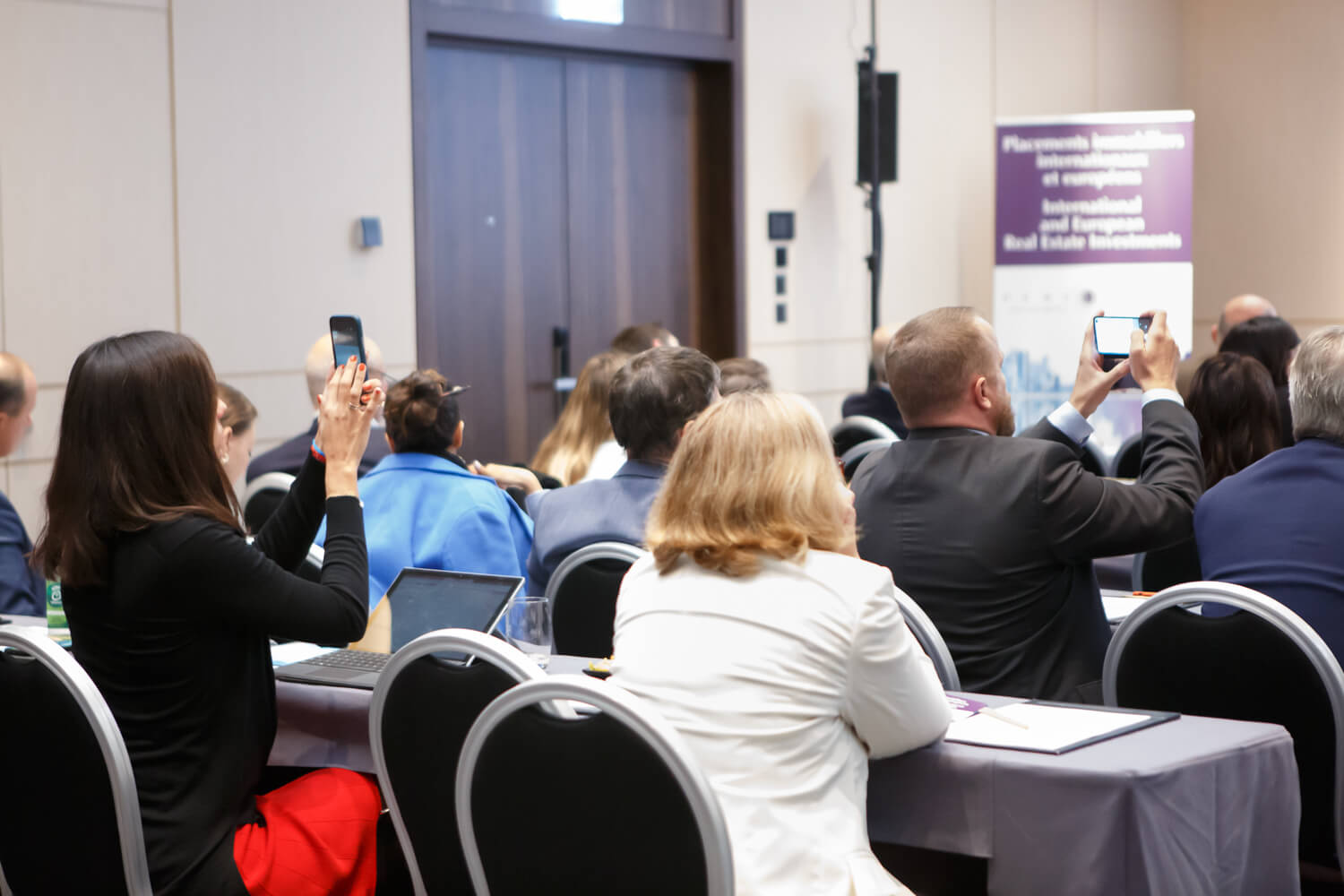
Taking pictures of important slides broadcast during an event allows you to keep track of them. Thanks to Klewel’s on-demand webcasting and search tools, you can easily find the slide you want to learn more about and the associated message:
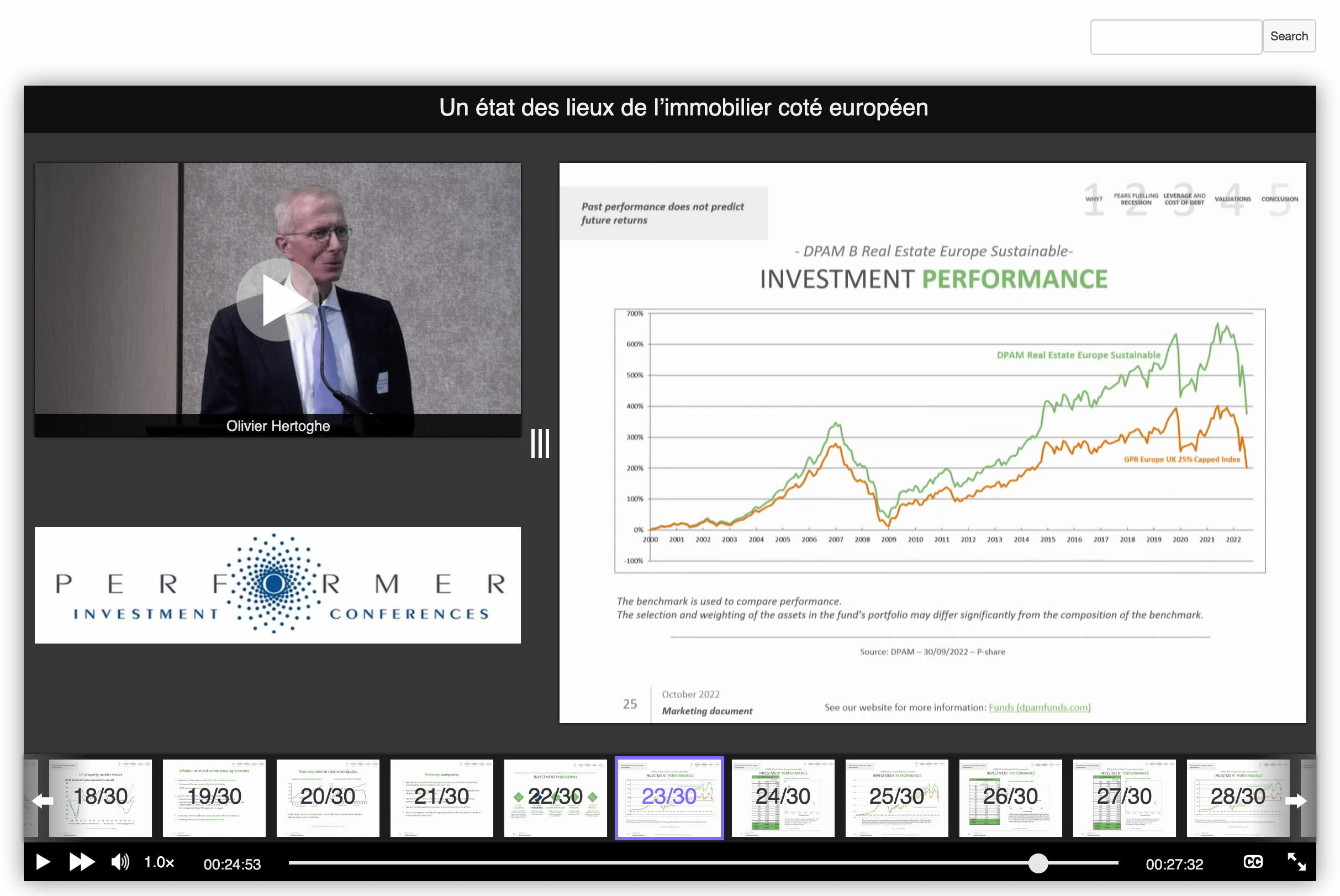
In conclusion, on-demand webcasting is an indispensable tool for any conference. It allows conference organizers to reach a wider audience, increase accessibility, improve engagement, and increase the value of the conference to attendees. With the rise of technology and the convenience of being able to watch a conference online, on-demand streaming is an indispensable tool.
